
Guide to Printing Students – 29

-Few objective Questions and answers-
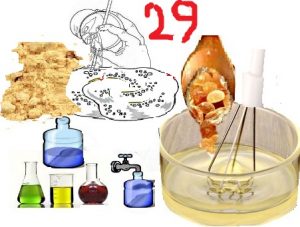
Written by : N.R. Jayaraman
116) What are the major chemicals used in Plate making process and briefly explain their use.
The following major chemicals are used in the plate making process:-
(a) Counter etching solutions:
- Acetic acid, Hydrochloric acid and Hydrofluoric acid as counter etch solution diluted with water in certain ratios.
- Phosphoric acid and Sulphuric acid is also used as counter etch for Aluminum plates.
- Ammonium Alum is one of the ingredients in the counter etching process in combination with Hydrofluoric acid.
(b) Coating Solution for plates: –
- Ammonium Bichromate is used as sensitizer for making coating solutions in combination with Albumen, Casein etc for Surface plate making and in combination with Gum Arabic and Fish glue for making Deep etch plates. Ammonium Hydroxide generally called Ammonia is used in the coating solutions to balance the pH value.
(c) Developer for plates: –
- Chlorides like Calcium Chloride Magnesium and Zinc Chlorides are used in the developing as well as etching solution meant for Deep etch process.
- Lactic acid is used as one of the ingredients in the developer for Deep etch plates.
- Anhydrous ethyl alcohol and Isopropyl Alcohol are used as developer in the Photo Polymer plate making process.
(d) Deep Etching Solution: –
- The Hydrochloric acid in combination with other chemicals is also used as etching solution in deep etch plate making process.
- Chlorides like Calcium Chloride, Magnesium chloride and Zinc Chlorides are used in the developing as well as etching solution meant for Deep etch process. Ion Perchloride and Cupric Chloride are also used as ingredients in the Deep etching solution.
(e) Other chemicals : –
- Gum Arabic is added in coating as well as well as in etching solution in Deep etching process while another variety called Cellulose gum is used for gumming the plates after processing to prevent oxidation. It is substitute for Gum Arabic but is not used in the coating solution. Carbolic acid is used as preservative for gum solution.
- Anhydrous ethyl alcohol and Isopropyl Alcohol is used for cleaning the plate in Deep etch plate making process before each step of operation commences like Developing and Deep etching.
- Asphaltum, a mineral resin is used to protect the image on the plate after the developing ink is applied and washed off.
- Developing ink, a greasy substance to strengthen the image areas. They are supplied by the manufacturers in different thicknesses and different consistencies. In plate making process the hardened material in the Surface plate making and etched portions in the image areas in Deep etch plates need to be enhanced for ink receptivity and this property is taken care of by the developing ink.
- Lacquer is again a synthetic resin, readily available as liquid solution to strengthen the image on the plates after development and etching. The main purpose of the Lacquer is to not only strengthen the image but also make the images resistant to acids and other solvents. After developing the surface plates the hardened material absorbs water and slightly swells. If such a condition is allowed to remain, the ink receptive property of the image areas will be lost. Therefore the Lacquer is applied to make the image areas highly ink receptive.
117) What is the ratio of Bichromate with Colloids and Gum in Surface plate making and Deep etch plate making process?
- The Bichromate: Albumen coating ratio for Surface plate is generally 1:3 while the Bichromate: Casein coating ratio is generally 1:10.
- Similarly the Bichromate: Gum Arabic coating ratio for the Deep etch plate generally varies between 1:3 to 1:5.
118) What is the ratio of Acids :water in the Counter etch solutions for Surface plate making and Deep etch plate making process?
- For both Surface plates and Deep etch plates, whatever acid is chosen to add with water as Counter etch solution, the general principle is that the quantity of acid to be mixed with water will be between 0.75 to 1 % only.







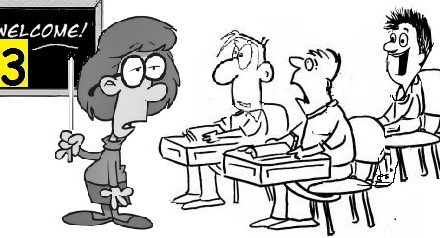
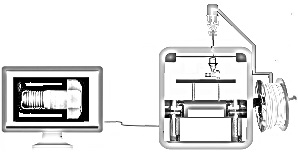
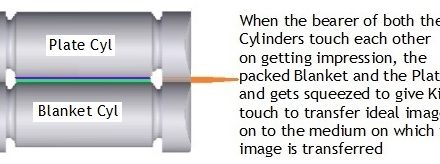
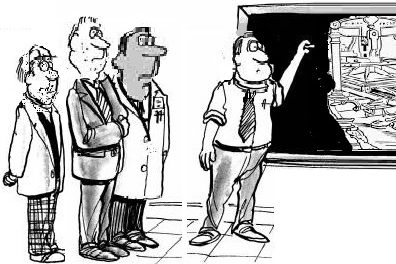





Recent Comments